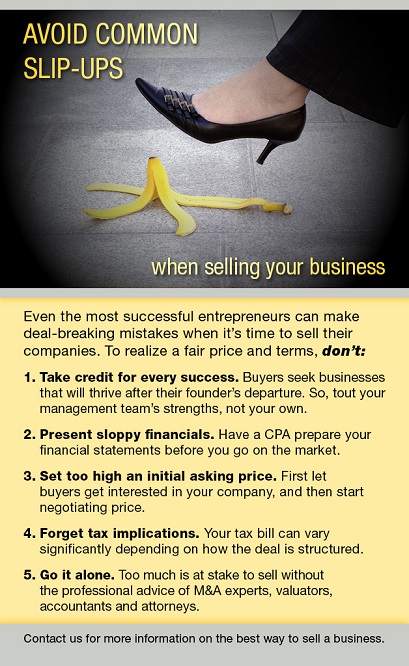Putting together the succession planning and retirement planning puzzle
- Details
- Published: Monday, 16 November 2020 08:13
- Written by Phillip Strickler, CPA.CITP

Everyone needs to plan for retirement. But as a business owner, you face a distinctive challenge in that you must save for your golden years while also creating, updating and eventually executing a succession plan. This is no easy task, but you can put the puzzle pieces together by answering some fundamental questions:
When do I want to retire? This may be the most important question regarding your succession plan, because it’s at this time that your successor will take over. Think about a date by which you’ll be ready to let go and will have the financial resources to support yourself for your postretirement life expectancy.
How much will I need to retire? To maintain your current lifestyle, you’ll likely need a substantial percentage of your current annual income. You may initially receive an influx of cash from perhaps either the sale of your company or a payout from a buy-sell agreement.
But don’t forget to consider inflation. This adds another 2% to 4% per year to the equation. If, like many retirees, you decide to move to a warmer climate, you also need to take the cost of living in that state into consideration — especially if you’ll maintain two homes.







